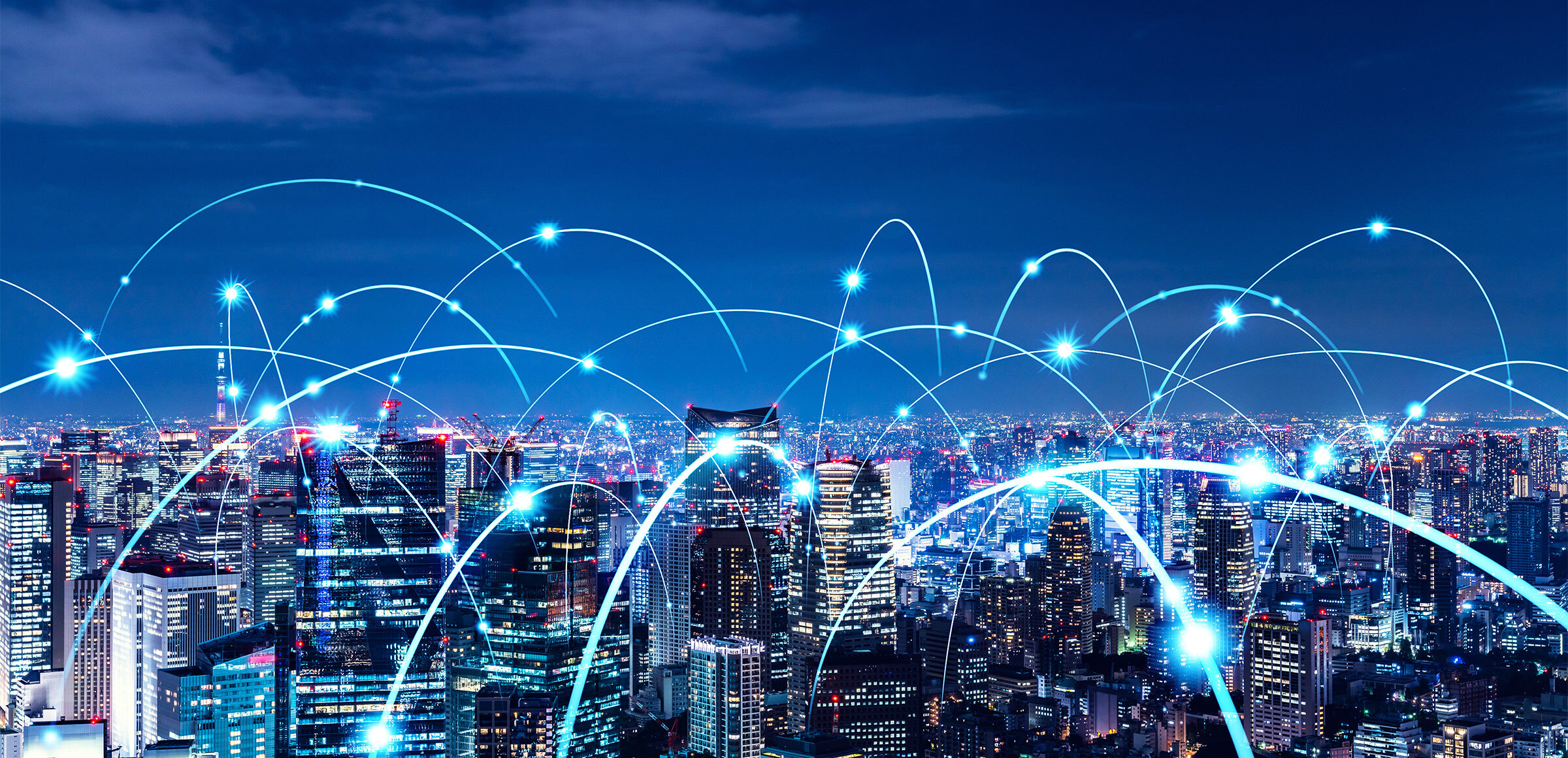Utilities face one of the biggest challenges in their history as they are at the heart of the process of electrification and massive deployment of distributed resources. The digitalization strategy that each company adopts will mark its future in the coming years and its positioning to meet the goals associated with a change in the energetic paradigm.

The unprecedent challenge that the electrical sector is living with the incorporation of electrical vehicles, solar panels, energy storage, heat pumps, IoT at the distribution level, translates into an exponential growth of data that needs to be managed. How to handle data becomes a key priority for the utilities that want to succeed in this new environment.
Wanted or not, the solution is to become a data driven utility and in doing so, utilities need to increase the anticipation, coordination, and personalization with which their networks, clients and devices are managed, operated and planned, while protecting privacy, security and reliability of the clients and assets.
Although utilities have made many efforts in recent years towards “digitalization”, few have found momentum. Utilities legacy presents several challenges that need to be overcome:
- Organization silos make co-ordination difficult,
- Fragmentation can lead to tools with low compatibility,
- Data and legacy systems are not adapted to evolved ways of working.
To break the legacy mold, it is required a solid digitalization strategy that outlines for example when coordination is necessary or why temporarily legacy systems will need to be operated alongside next generation tools.
The first step to establish the foundation of the digitalization process is to understand the current status of the distribution company in the three different layers that affect digitalization:
- Physical layer. What is the hardware available? And what is the hardware needed for the desired job to be done?
- Connection layer. How is the hardware connected? What are the connection capabilities that are required for the job to be done?
- Data layer. What is the data available? What is the data needed for the job to be done?
The final purpose of the digitization process must enable data-driven decision making, but for this to be possible, the data obtained must be transformed into knowledge.
In the physical layer, the overall electrical system and even small sections of it, such as specific distribution networks, contain millions of devices that must be connected and coordinated so that the system works efficiently.
It is surprising to see how many companies have invested heavily in the physical and communication layers without having clear what was the purpose behind, or sometimes, focusing only on one of the potential applications and omitting further possibilities of extracting much more knowledge of those devices.
In fact, technologies that in many cases are considered core (advanced metering systems, 5G communications…) are in fact enabling technologies that pivot around the data layer. Therefore, while the digitalization strategy must be comprehensive and it is necessary to understand what needs to be done in the different layers of digitalization, the key to succeeding in becoming a data-driven utility starts with understanding what is the core and what is the enabler.

